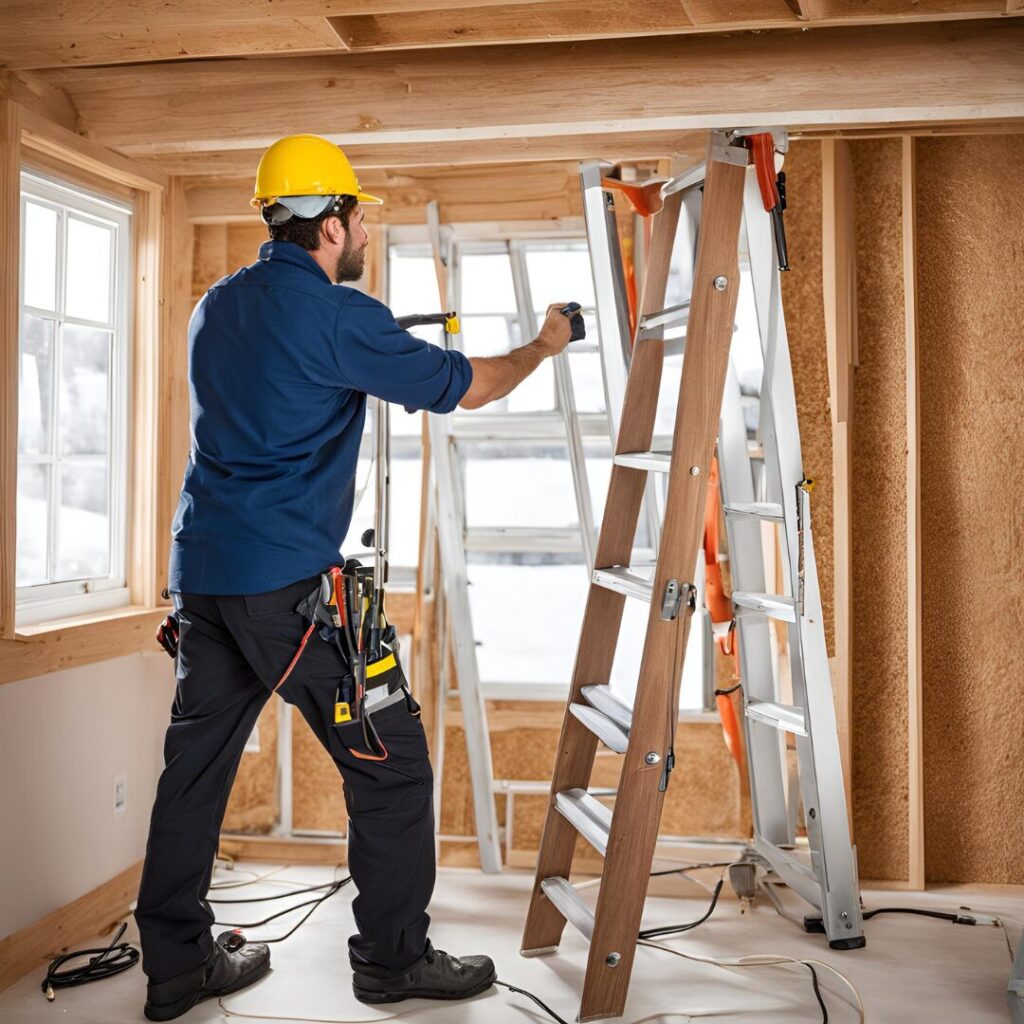
Ultimate Guide to Launching Your Electrical Business in 2025
How ToHow to Start an Electrical Business (Without Getting Zapped by the Competition) So, you’ve decided to spark up your own electrical business? Nice. We’ve been there—excited, a little overwhelmed, and ready to flip the switch on entrepreneurship. But let’s be real: starting any business is like wiring a house. If you skip steps or ignore the blueprint, things might short-circuit fast. Don’t worry, though—we’ve got your back. Let’s walk through this step-by-step, with a few laughs (and zero jargon-filled lectures). Step 1: Lay the Foundation (Or Risk Getting Shocked Later) First things first: you need a plan. Not the “scribbled-on-a-napkin” kind, but a real roadmap. Think licenses, insurance, and figuring out whether you’ll specialize in residential, commercial, or both. Pro tip: Check your state’s licensing requirements. In California, for example, you’ll need a C-10 license. No shortcuts here—unless you enjoy legal headaches (spoiler: you won’t). Here’s what you can’t skip: Business structure: LLC, sole proprietorship, or corporation? Talk to a legal pro. Insurance: General liability and workers’ comp. Trust us, one lawsuit could fry your savings faster than a faulty circuit. Tools and inventory: Buy quality gear upfront. Cheap tools? They’re like dollar-store batteries—gone in a flash. Step 2: Branding—More Than Just a Flashy Logo Your brand is your reputation. It’s what makes clients pick you over “Sparky’s Discount Wiring.” Start with a memorable name (avoid puns like “Watts Up?”—unless you’re that confident). Next, design a clean logo and get a pro website. Why a website matters: 97% of customers search online before hiring. If your site looks like it’s stuck in 2005, they’ll bounce faster than a tripped breaker. Use WordPress—it’s user-friendly, customizable, and perfect for showcasing your work. Need help? Our pals at Sitelinx Organic SEO Agency in Los Angeles offer WordPress SEO services that’ll make your site Google’s new BFF. Step 3: Local SEO—Your Secret Weapon Let’s talk about Local SEO, the unsung hero for small businesses. If your website isn’t optimized, you’re invisible to local clients. Here’s the cheat code: Google Business Profile: Claim it, fill it out, and beg for Google Business reviews. More reviews = higher rankings. Keyword-rich content: Blog about “emergency electrician in [Your City]” or “LED installation tips.” Technical SEO services: Fix broken links, speed up your site, and make it mobile-friendly. Not tech-savvy? No shame. Companies like Sitelinx (yep, them again) specialize in technical SEO services for small businesses. They’ll handle the backend voodoo so you can focus on, you know, actual wiring. Step 4: Marketing—Shout Louder Than the Competition Marketing an electrical business isn’t glamorous, but it’s necessary. Here’s what works: Paid Ads: Target local keywords like “electrician near me” or “24/7 electrical repair.” Social Media: Post before/after shots of your projects. Bonus points for explaining why aluminum wiring is a fire hazard (drama sells). Old-School Networking: Partner with contractors, realtors, or hardware stores. FYI—if you’re drowning in marketing chaos, hire a marketing consultant. Or, partner with an SEO agency like Sitelinx. They’re one of the best SEO companies for small business in LA, and they’ll make sure your ads don’t flop like a bad DIY project. Step 5: Operations—Don’t Trip Over Your Own Wires You’ve got clients! Now, streamline your workflow: Scheduling software: Tools like Jobber or Housecall Pro keep appointments from overlapping. Invoicing: Use QuickBooks or FreshBooks. Pro tip: Offer online payments—nobody carries checks anymore. Customer service: Respond fast, show up on time, and throw in a free surge protector. Little things build loyalty. Step 6: Scale Up (Without Burning Out) Growing too fast? Congrats—now don’t blow it. Hire wisely: Vet electricians thoroughly. One bad hire could tarnish your rep. Expand services: Add smart home installations or EV charger setups. Ask for referrals: Offer a discount for every new client your customers send. Common Questions (Because We Know You’re Curious) Q: How long does it take to get licensed? A: Varies by state—anywhere from 2–4 years. California’s C-10 license requires 4+ years of journeyman experience. Q: What’s the biggest mistake new electrical businesses make? A: Skipping website management and SEO. If your site’s MIA on Google, so are you. Q: How do I compete with bigger companies? A: Lean into local SEO, killer reviews, and niche services. Big companies can’t beat your personal touch. Final Spark of Wisdom Starting an electrical business is equal parts grit and strategy. Build a solid foundation, invest in SEO services (shoutout to Sitelinx for keeping small businesses visible), and never stop learning. And hey—if you’re stuck on the digital side, give our friends at Sitelinx Organic SEO Agency a buzz. They’re the best SEO company for turning your website into a client magnet. Ready to flip the switch? Let’s get those lights on. 💡
